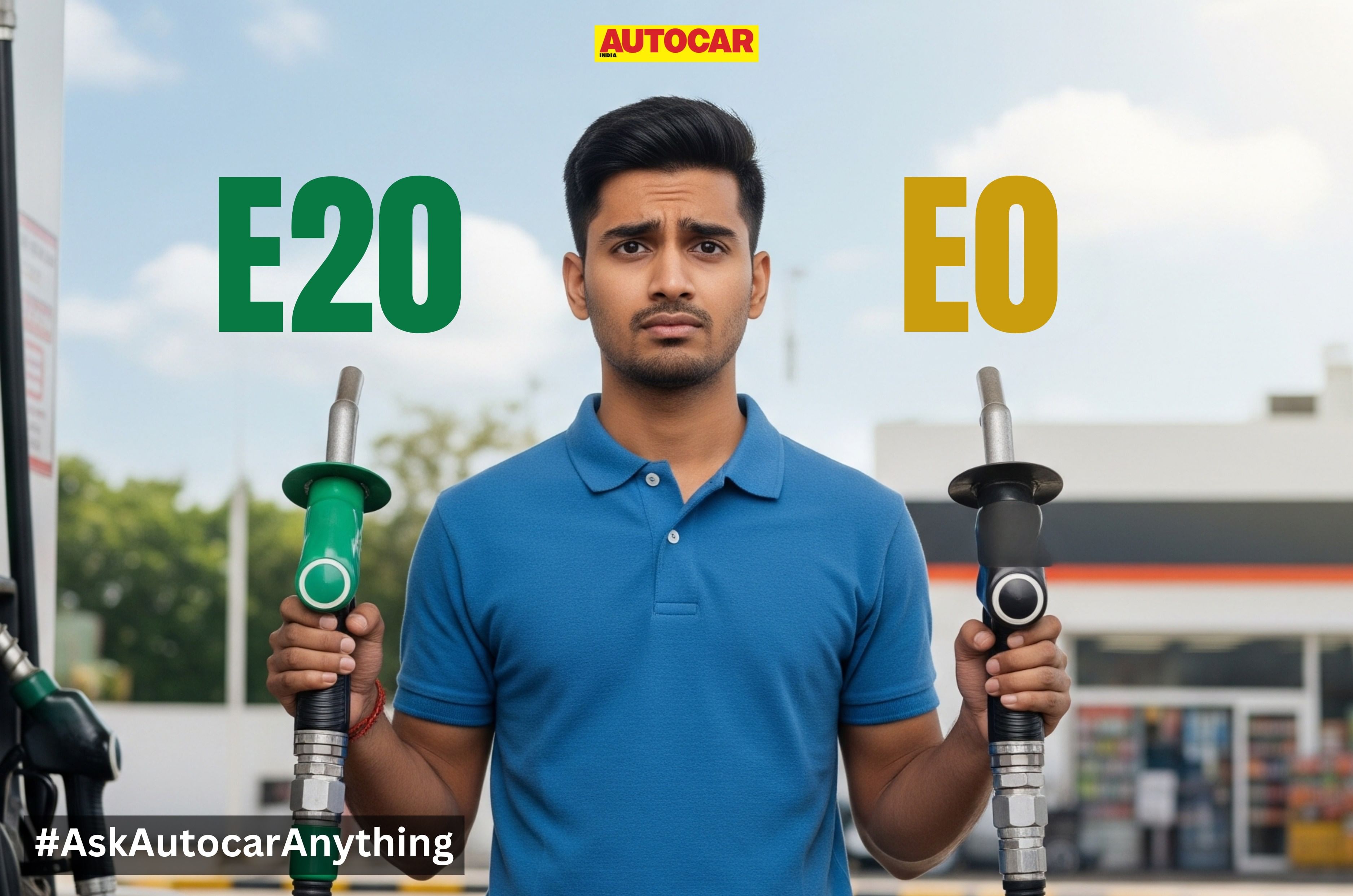
As mentioned in our ‘E20 risks explained’ story, vehicles produced between 2012 and 2023 are E10-compliant. However, all vehicles manufactured after April 1, 2023, are required to be E20-compliant. Here, we list out the steps one should take to mitigate potential long-term damage of using E20 fuel on cars that are not compatibile.
What can I do if my vehicle is not E20-compliant?
Increase inspection for the entire fuel system.
Given that corrosion and degradation happen over time, one must not neglect inspections, and it is recommended to increase the periodic inspection of the entire fuel system and its components, like the fuel pump, fuel lines, filters, gaskets, etc. Replace components as soon as small signs of wear begin to show. Alternatively, manufacturers are currently working on new maintenance schedules that could reduce the service life of certain components, but unfortunately, this will mean a higher maintenance cost for owners.
Fuel additives mitigate corrosion.
Branded fuels from certain fuel companies have additives to inhibit corrosion. These additives work to slow down metal oxidation and also inhibit phase separation of blended fuels. Adding a manufacturer-recommended additive can also protect vulnerable parts from corrosion. Bear in mind, rubber hoses and seals do not benefit much from any additives; over time, these need to be replaced.
Keep your tank full and don’t leave your car unused for long spells.
A car left unused for long spells with E20 fuel in the tank can lead to problems. Ethanol-blended fuel left unused for a long time can ‘phase separate’ into distinct layers of water, ethanol and fuel. This will cause further problems for the fuel system. Also, keep your tank topped as much as possible because this reduces the volume of air inside the tank, minimising the condensation possible.
Can I convert my automobile to run on E20 fuel?
Theoretically, it’s possible to replace critical components susceptible to E20-related damage with those designed to handle the fuel.
Currently, manufacturers have not announced E20 upgrades for their models. However, we understand that some are exploring the option of providing material upgrade kits and offering retuning of the ECU, too. In fact, Maruti Suzuki is expected to offer E20 upgrade kits, which we estimate will cost between Rs 4,000 and Rs 6,000, depending on the model.
Upgrading an automobile is quite a complicated process, though, as parts have to be redesigned and tested, and retuning has numerous challenges affecting other important areas like emission controls.
Is there any non-ethanol blended petrol available in India?
Yes, currently two brands. XP100 by Indian Oil and Power 100 by Hindustan Petroleum are E0 and without any ethanol, as the minute quantities of 100 octane sold nationwide don’t warrant blending of ethanol.
Will using ethanol-free 100 octane for my non-E20 car help?
Yes, it will certainly save you from the long-term effects of E20 fuel, but at Rs 160 per litre, this would be a massive expense – one that, in the long run, may be more expensive than simply replacing the parts, which will wear out only over time. However, for classic cars whose engines were built with less advanced metallurgy and for which spare parts are no longer available, using 100 octane is one way to preserve a valuable asset.
100 octane works well in supercars, too, where you get the added benefit of a higher octane (which ultra high-performance engines need). Plus, if you can afford a Ferrari or McLaren, you can certainly afford to pay Rs 160 per litre!
With inputs by Sergius Baretto
Also see:
Will E20 fuel damage your car? Key risks and compatibility explained
E20 petrol in India: What is it and why it’s being rolled out

